How Bright Is 200 Lumens? Comparing It with 300, 400, and 1200 Lumens
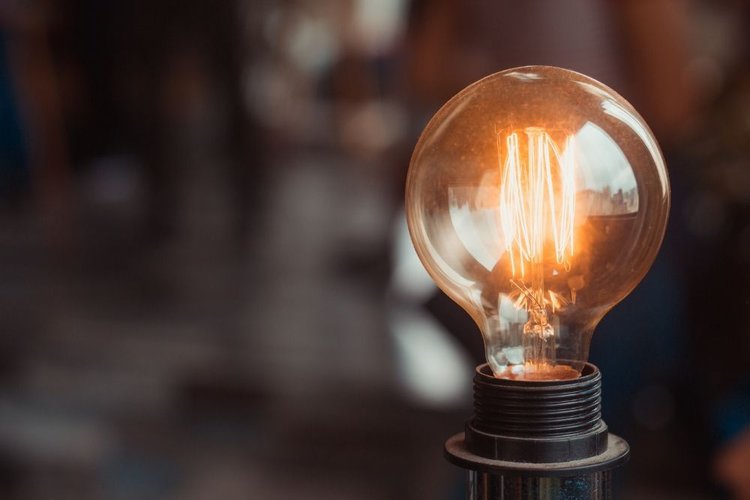
What To Know
- Lumens measure the total light output from a source, with 200 lumens suitable for tasks like reading, while 300 and 400 lumens are brighter and can be too intense for such activities.
- The brightness of LED bulbs is not directly correlated with wattage; for example, a 15-watt LED can produce 1,100 lumens, far more efficient than incandescent bulbs.
- Proper lighting for a space depends on size and use, with a 100-square-foot area needing between 1,000 to 2,000 lumens, and personal preferences can adjust these numbers.
In this article, I’ll quickly guide you through the world of lumens, helping you understand how bright 200 lumens are and how they compare to 300, 400, and 1200 lumens.
Let’s get started!
Quick Navigation
What are Lumens?
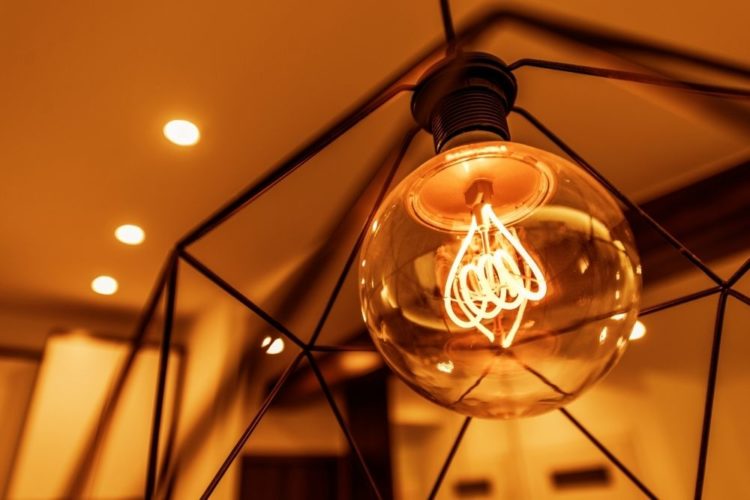
Lumen is a measurement signifying the light output of a lighting fixture.
It measures “luminous flux” that indicates the amount of light a light bulb, lamp, or any other light source emits per second in all possible directions.
Technically speaking, a lumen is the amount of light that is discharged by a source with a single candle of intensity at a solid one-steradian angle.
Candela is the luminous intensity’s base unit. Steradian, or square radian, denotes the unit for the solid angle.
For a deeper understanding of candela and why steradian enters the discussion, check this video out:
Delineating Lux and Lumens
Do not confuse lumens with “lux”—the latter measuring the total light falling on a surface.
If light travels in dots from a particular light source, lux will be the total number of light dots falling on an area, and lumens shall be the number of dots released.
A light source’s lux figure is usually mentioned in correlation with the distance the light can travel—for instance, 2000 lux at 5 feet.
Lumen is, therefore, not the best measure to ascertain or explain how much light a particular lamp will cast on a specific area.
But because it indicates the amount of light a given light source produces, lamps and other lighting tools usually have their light output labeled in lumens.
Does Watts Indicate Brightness?

The “wattage” of a bulb denotes the total power a bulb consumes. While one of the parameters, watts, do not necessarily communicate the brightness levels of a lighting tool.
Back in the day when only incandescent lights were around, the wattage of a bulb gave a clear idea of how bright the light could potentially get.
However, with newer lighting technologies such as CFL (compact fluorescent lamp) and LED (light-emitting diode) entering the fray and consuming much less energy than the power-hungry incandescent lamps, watt figures are no longer the only reliable indicators of a bulb’s brightness.
LED lights produce more lumens than incandescent bulbs per watt. For example, a 15-watt LED bulb shall output 1,100 lumens. A 20-watt LED light will produce 1,600 lumens of light.
Below is a table showcasing how much lumens LED and incandescent bulbs produce at a specific power (in watts):
| Incandescent (watts) | LED (watts) | Lumens |
| 25 | 4 | 375 |
| 40 | 6 | 450 |
| 60 | 12 | 800 |
| 75 | 15 | 1100 |
| 100 | 20 | 1600 |
| 150 | 30 | 2600 |
| 200 | 38 | 3000 |
Halogen bulbs are similar to incandescent lighting in power consumption but slightly lower.
On the other hand, CFL bulbs consume significantly less power, usually, a few watts higher than an equivalent LED lamp.
P.S. Since wattage determines power consumption and not light output, legislations in some parts of the world (such as the European Union) require lights to come labeled with their luminous ratings by law.
How Bright are 200, 300, 400, 1200, 3000 Lumens?
A lumen of light is equal to a tiny birthday candle’s light output from a foot away. A regular or robust candle is equivalent to 12.57 lumens.
The light output of 100 lumens, thus, equals the total number of light 100 birthday candles emit.
200, 300, and 400 Lumens
Lights with a lumen rating of 200 to 400 are considered low-level lights.
A light source that does 200 lumens, quite obviously, is the least illuminating and, therefore, comes quite handy with decorative accent lighting, reading, and other similar tasks that require negligible luminance.
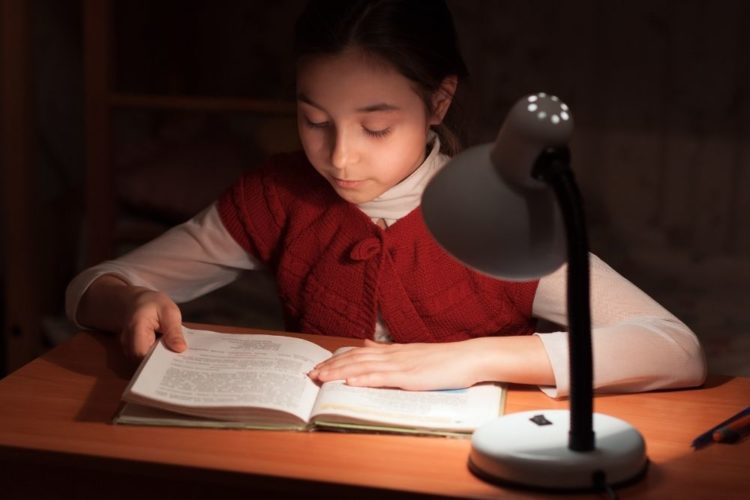
300 and 400 lumens are slightly brighter and are, therefore, entirely interchangeable with 200-lumen lighting fixtures. However, they could be a tad too bright for tasks such as reading.
Not to mention, these lumens of light appear a lot brighter when the light beam is relatively narrow, like in the case of a flashlight.
1200 Lumens
For outdoor lighting, search and rescue operations, hunting, etc., you’ll need light sources that radiate more than 1,000 lumens of brightness.
Most flashlights used to navigate construction sites, factories, shipyards, and other significant areas emit 1,200 lumens or more during the dark.

When not employed for tactical reasons, a 1,200-lumen light can comfortably light up a relatively large, confined physical space.
3000 Lumens
For recreational activities within large properties, the lumens you’d need would be 3,000 or around that number.
For the above purposes, a luminosity of 3,000 lumens is most likely blindingly bright.
How Many Lumens Do You Need to Light Your Space Properly?
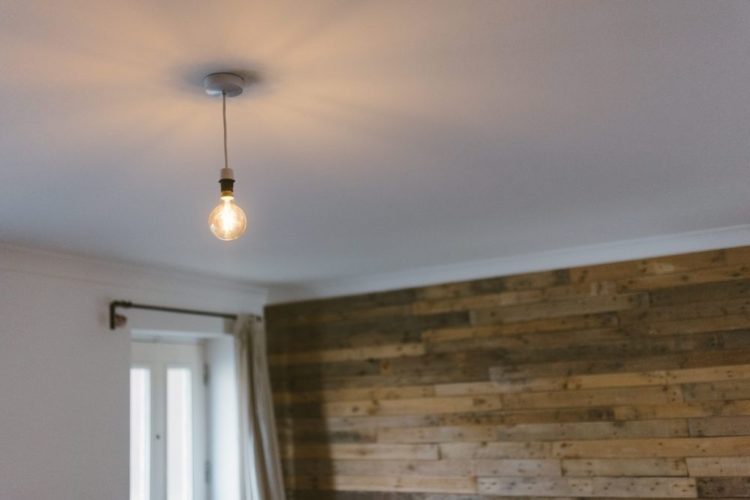
The lighting requirements differ for different spaces. A 15-watt LED light that seemed sufficient for a particular room may not be adequate for another area due to its size.
Therefore, if you’re out shopping for lights to illuminate your space, consider the following to ensure the lamp you buy is not too bright or inadequate for the job:
Room Size and Type
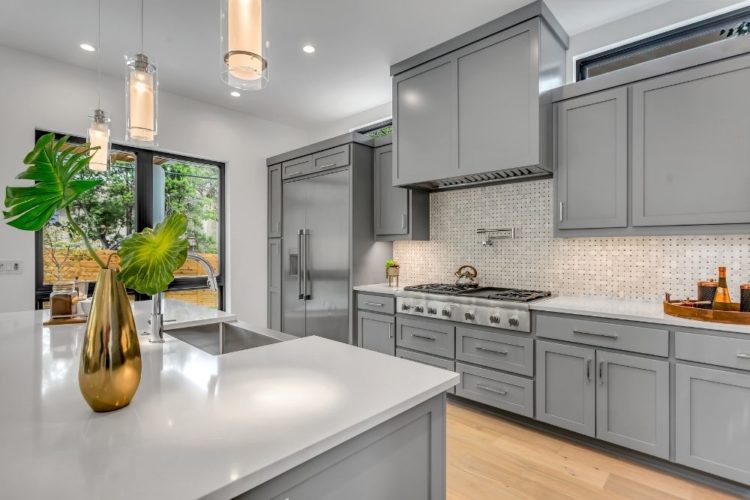
Measure the width and length of the space and multiply those numbers to compute the square footage.
A 100 square feet space would usually need a light source that outputs at least 1,000 lumens of light. The maximum would be 2,000 lumens.
Kindly note the lumens requirement for all 100 feet spaces would not be the same.
If it’s a brightly lit area, such as your living room, or any space with lots of daylight entering through the windows, you can manage with 1,000 lumens.
But if the space is pretty enclosed or where increased visibility is needed, such as in a kitchen, you’d need more than 2,000 lumens—usually in the 3,000-4,000 lumens range.
Walls, Preferences, and Other Considerations
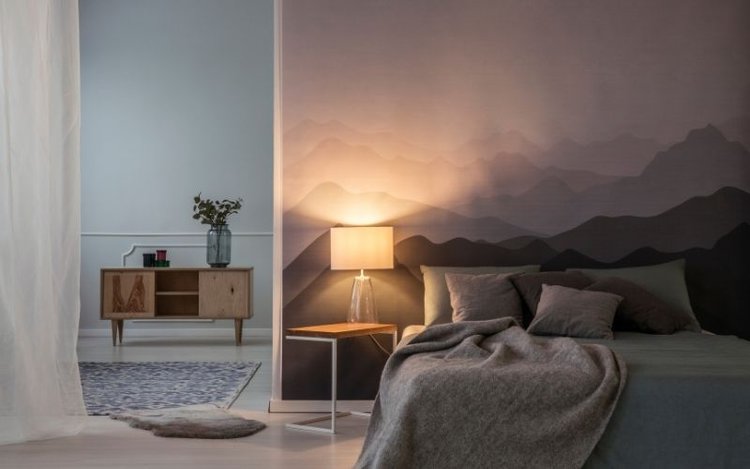
If the room walls are relatively dark or the lights use shades or some form of diffusion, you’d need a slightly stronger light source than usual.
If the lights hang from above, the height of the ceiling could also ascertain the luminosity of the lamps.
The above-mentioned lumen figures shall apply to ceilings that are not more than 10 feet high from the ground.
The positioning of the lights also matters or ascertains how bright the area is.
If the lights are affixed in or close to the corners of a room, the space’s overall brightness would be affected than if the lights were set up in or near the center of the space.
The further the lights are situated from the center, the slightly higher would be the lumen requirement comparatively.
Then there are personal preferences to consider.
Some people like their rooms to be brighter than expected, and then some individuals prefer fairly dim lights.
Based on the level of brightness you’d like to have in your space, you may add or deduct 10 to 20% lumens off a potential light source.
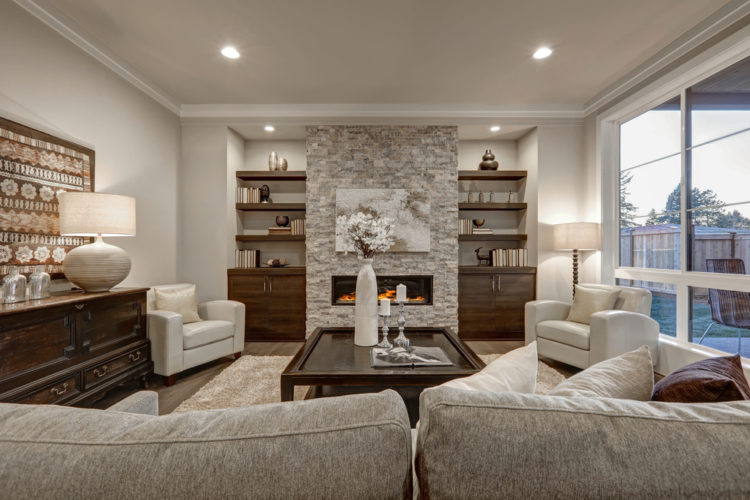
The below table shall serve as your essential guide to the lumens needed for every square meter for varied room settings:
| Room | Lumens (per square meter) |
| Kitchen | 300 to 400 |
| Living Room | 400 to 500 |
| Bedroom | 300 to 400 |
| Hallway | 300 |
| Bathroom | 500 to 600 |
Kindly note the above specifications are general references. Based on your custom settings and preferences, the lumen numbers may change.
If you have no clue, start with our lumen recommendations, and see if you need to go up or down from there.
Specific areas in the above spaces that require targeted illumination would call for more lumens, usually two times more than the general requirement.
For example, task lighting in a kitchen would need at least 700 lumens of light, which is twice the minimum 300 lumens considered adequate for other sections in the space.
Not to mention, the lighting requirements for commercial spaces would be more significant in terms of sheer lumen output.
Conclusion
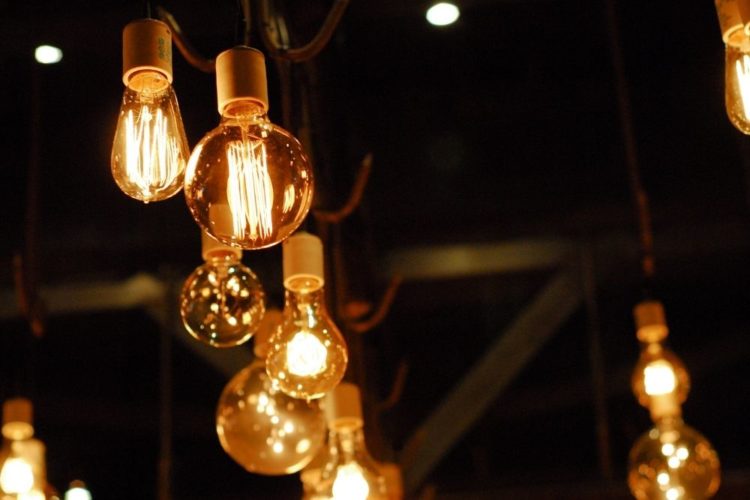
The lumen output indicates how bright a particular light source can get. It isn’t necessarily an indication of the light’s strength since that could vary with applications.
A 1,200 lumens light source, for instance, is powerful for a standard torchlight but not so for a relatively spacious room.
Hopefully, this article provided you with the information needed to parse various lighting sources and their lumen figures.
We believe the next time you’re out shopping for lights for your space, you should not buy a bulb, lamp, or any other lighting tool that is too bright or dim for your requirements.
Catherine Tramell has been covering technology as a freelance writer for over a decade. She has been writing for Pointer Clicker for over a year, further expanding her expertise as a tech columnist. Catherine likes spending time with her family and friends and her pastimes are reading books and news articles.

